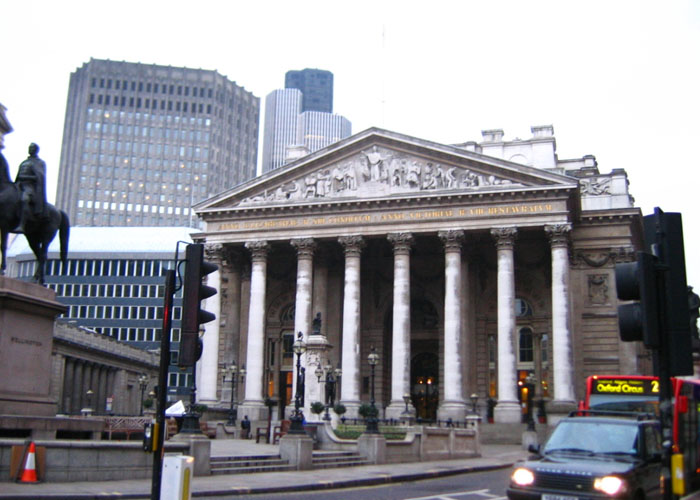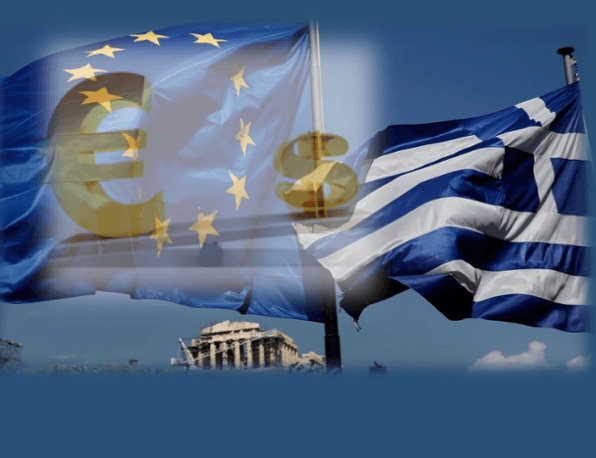The EUR/USD soared on Wednesday, climbing to its highest level of the week following disappointing US retail sales figures and growing signs of a strengthening Eurozone economy.
The EUR/USD advanced 0.85% to 1.1315, the pair’s highest since May 7. A clean break above the 1.1341 region would push the EUR/USD to its highest level since late-February. Initial support is located at 1.1160. On the upside, the 1.1355 level offers initial resistance for the EUR/USD.
The US dollar plunged across the board on Wednesday, as disappointing retail sales figures continued to push back the timetable for a rate increase. Retail sales stalled in April after rising 1.1% in March, the Department of Commerce reported on Wednesday. Economists forecast retail sales to increase after rebounding sharply in April, but most of the 13 retail sub-categories declined. Excluding automobiles, retail sales were up 0.1%, official data showed.
The US dollar index, a trade-weighted average of the greenback against a basket of six currencies including the euro, declined 0.7% to 93.86.
The euro was supported after government data showed Eurozone GDP expanded in the first quarter, with all four of the region’s biggest economies reporting gains.
Eurozone gross domestic product accelerated 0.4% in the first quarter, compared to a gain of 0.3% in the final quarter of 2014. Year-on-year, GDP expanded 1% following a 0.9% advance in the previous three month period.
GDP expanded 0.3 percent annually in Germany, 0.6 percent in France, 0.9 percent in Spain and 0.3 percent in Italy. However, Germany’s rate of GDP growth weakened considerably from the fourth quarter, where the economy expanded 0.7%.
The numbers offer convincing evidence that the European Central Bank’s bond buying program was helping to support the regional recovery. It was the first time since the first half of 2010 that all four of the Eurozone’s largest economies posted growth.
The combination of fresh stimulus from the ECB, a markedly weaker euro and lower energy prices were the main catalysts behind the first quarter rebound.
Separately, Germany reported higher inflation in April. The Federal Statistics Office said the annual CPI was 0.5% in April, compared with 0.4% in March. The EU-harmonized index of consumer prices was up 0.3% year-on-year, unchanged from the previous month.
Tradersdna is a leading digital and social media platform for traders and investors. Tradersdna offers premiere resources for trading and investing education, digital resources for personal finance, market analysis and free trading guides. More about TradersDNA Features: What Does It Take to Become an Aggressive Trader? | Everything You Need to Know About White Label Trading Software | Advantages of Automated Forex Trading










































